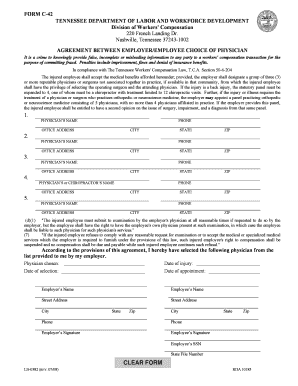
If the funds have been transferred to a new financial institution, the new financial institution will often not possess the records from the old 401k that are needed to add interest and dividends from the date of the original agreement. Second, most non-employee shares in retirement accounts include interest and dividends from the date of the original divorce settlement agreement (or from the date of the original judgment of divorce). The QDRO would not suffice for the new account, so a new QDRO would be needed. First, this transfer (or rollover) may not be discovered until after the non-employee spouse gets a QDRO for the first account, which no longer contains the funds.

The Participant May Withdraw Funds: If the Participant has liquidated a 401k or other deferred compensation account prior to the entry of a QDRO, the QDRO is meaningless.If many years have passed, and the party applying for the QDRO is unable to locate his former spouse, it may delay the process. The Parties May Relocate: The party who applies to the Court for a QDRO is required to provide notice to the other party.In this case, it is best to have a QDRO in the employee file that forbids any borrowing that might effect the non-employee spouse’s interest, until it can be paid out. The Participant May Take a Loan: Many plans allow Participants to borrow against their benefits.T he Participant May Die Prior to Retirement: Even if the Participant is not close to retirement age, the non-employee spouse risks losing a pre-retirement death benefit if the QDRO is not on file at the time of the Participant’s death.Of course, this can be avoided if the proper QDRO is on file with the plan administrator well in advance of the Participant reaching retirement age. However, if there is no QDRO on file, the plan administrator will not be aware of this requirement, and the Participant may elect a different option without a survivor option, or even put his new spouse as the surviving “spouse.” This can be a disaster - it may not be possible to reverse the wrong designation, leaving the non-employee spouse penniless if her former spouse dies first. Also, the Participant may be required, under the terms of the divorce judgment, to elect a specific option at retirement with a death benefit for the non-employee spouse. At a minimum, it will be a costly fight if the non-employee spouse must go to court to enforce a retroactive pension claim.

If there is no QDRO in his employee file when he retires and begins collecting benefits, the non-employee spouse will get nothing and may not be able to recover her share retroactively. The Participant May Retire: If the Participant spouse is close to retirement age at the time of the divorce, it is especially important to begin the QDRO process immediately.

Unappealing as it may seem, there are numerous reasons why you do not want to wait to apply for a QDRO. The QDRO is a special order that identifies the exact name of the plan, the Participant (also sometimes referred to as the Member or employee spouse), the Alternate Payee (also sometimes referred to as the Former Spouse or non-employee spouse), the exact amount or percentage to be awarded, or a formula to be used to calculate the award, and other terms required by law.
#QDRO IN TENNESSEE APPILY TO GOVERNMENT WORKERS TRIAL#
Even if your settlement agreement, trial decision, and/or Judgment of Divorce states that a pension or 401k is to be divided between the parties, most pension administrators will not actually split the pension without a QDRO.

The judgment of divorce by itself does nothing to get you paid. However, if you are entitled to share in your (former) spouse’s retirement benefits you will have to get a separate order at the conclusion of the divorce called a Qualified Domestic Relations Order (QDRO)(or just plain Domestic Relations Order if it’s a government plan) before you can receive anything from the pension or retirement account. Understandably, after receiving the judgment of divorce, many people are less than eager to seek yet another order from the Court. The resolution of a divorce action, whether by trial or settlement, can take months or sometimes years.


 0 kommentar(er)
0 kommentar(er)
